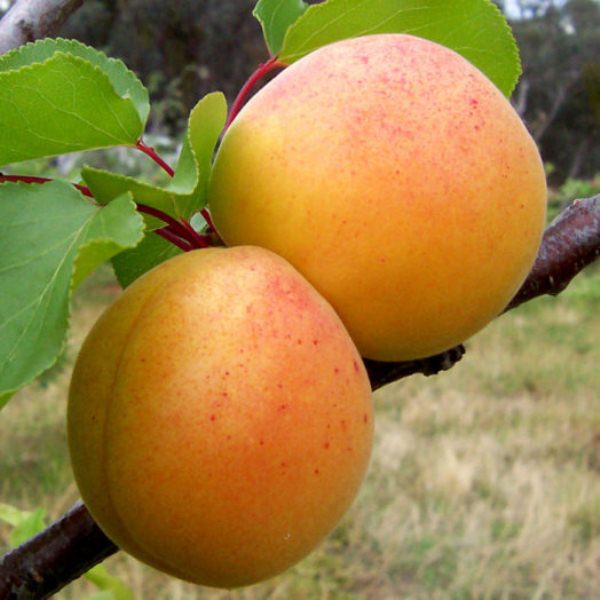Once the cultivation of apricot in Russia was considered impossible. This fruit tree was considered exotic. Breeders brought, adapted to our climatic conditions, unpretentious variety Triumph Northwhich description can be found below.
Table of contents
Description Apricot Variety Triumph North
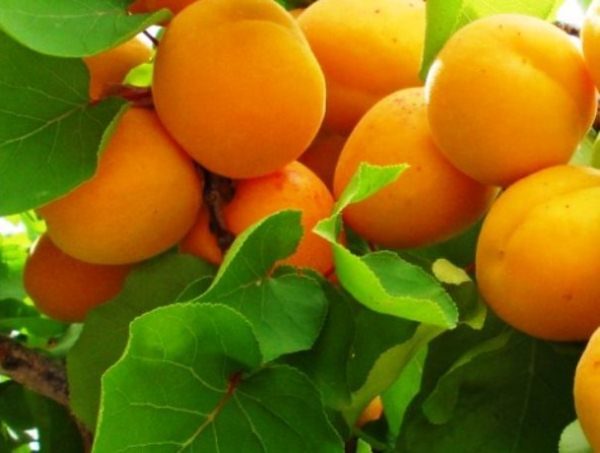
In Russia, the Triumph of the North is doing well in the middle lane.With success it is grown in northern latitudes with its ability to withstand rather low temperatures, to 33 degrees. Long winters do not frighten him, as well as unexpected frosts. At the beginning of flowering, unfortunately, the plant is not able to withstand strong frosts.
Breeding history
Venyaminov Alexey Nikolaevich for the first time announced a new sort of apricot, which was called the Triumph of the North. At the Department of Horticulture of the University of Peter I, a new variety was discovered, which was bred from two: Northern Early and Krasnoshcheky. Selection work took place in the south of the Central Black Earth region. It is in this zone that it is most common. Apricot Triumph North is resistant to both frost and heat. Nevertheless, he needs constant care.
Features grade
The tree is tall, can grow up to four meters. Wide crown with large leaves with small tubercles at the edges, the branching is medium, the branches are thick. The average fruit weight is 60 g, fruits have an oval asymmetric shape. Ripe fruits are yellow-pink with a thick, velvety skin and a small down. The flesh is juicy, well behind the stone.The sweet taste is combined with sourness, which gives it a peel. Inside the apricot there is an orange bone.
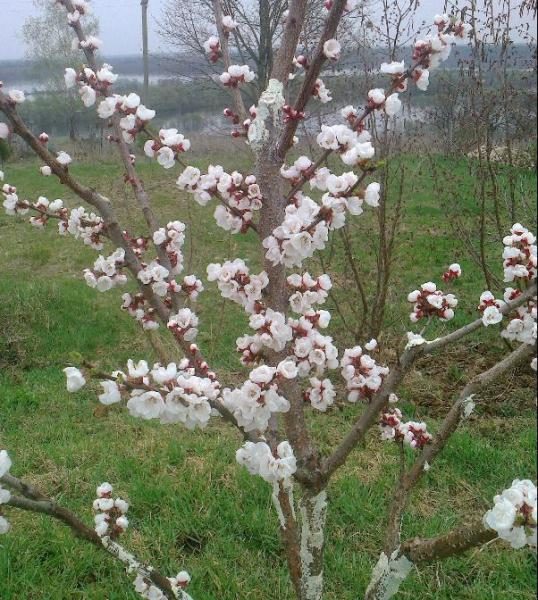
When a tree blooms - the beauty is extraordinary. It is covered with many white flowers. From him comes a pleasant aroma.
Usually, a tree lives near 25 years.
Harvesting
Fruit ripening occurs from late July to mid-August. The first harvest is usually about 5 kg. Fully fruiting apricot starts at 4 years of life after planting. The yield of a single tree reaches 60 kg. Fruitful and lean years are peculiar to the variety.
For eating immediately or for drying, the fruits are harvested at the stage of consumer maturity, that is, fully ripe. The period of technical maturity, when apricots have gained the maximum weight and the corresponding color, is optimal for transportation, but the flesh remains hard.
The collection takes place on sunny days when the dew has evaporated. When harvesting during the period of cooling, the taste of fruits deteriorates and they are stored for a short time.. High temperatures are also not suitable for picking, apricots will not be stored for a long period of time.The appropriate collection time is before noon or in the evening after 5 pm
The merits of the variety
Apricot Triumph Northern has many advantages compared to other varieties:
- quick start fruiting;
- resistance to low temperatures and light frosts during flowering;
- flowers and fruits are very firmly attached to the tree;
- kernels in the bones eaten, the taste is reminiscent of almonds;
- self-pollinated varietytherefore one tree can be grown in the garden;
- resistance to diseases;
- beautiful view during flowering.
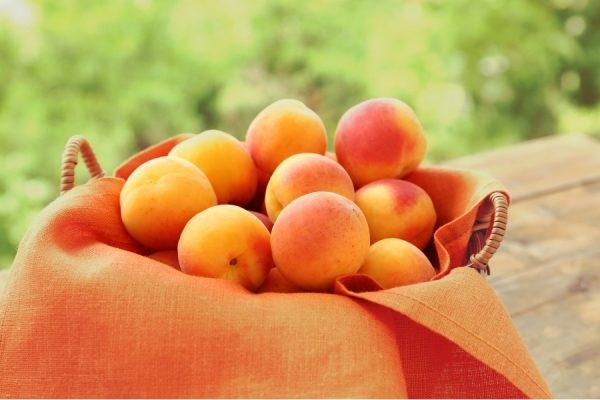
There are no disadvantages of this variety. Some gardeners consider it insufficiently large, others unsuitable for conservation.
Landing
Growing apricot Triumph in the north will be successful with strict observance of the rules: selection, planting, timely watering, pruning, dressing, proper care.
Requirements for seedlings
For planting in the soil is better to use seedlings. They are sold in specialty stores or markets. Particular attention is paid to ensure that the root is tightly covered, otherwise it may dry out.. It is good if the planting material is located in the container into which it was seeded. So they are much easier to get used to the new ground and quickly take root.
The choice of a place for planting and rules of care
The best landing time is considered the end of April or the beginning of May. In autumn, in October, seedlings are planted, which are in the container.
Apricot Place Triumph North is selected based on the following conditions:
- Good wind protection.
- Gentle slope in the south or southwest of the plot.
- Topsoil should be without pits, with good ventilation.
- The soil is soft, loose, with normal acidity (6-7 PH).
- The place should be on the site where ground water is located at a depth of not less 2 motherwise the plant will not develop.
Behind 2 weeks before planting, a fossa is dug, the width of which 60 cm, depth - 70. A garter peg is placed in the center of the pit, a small gravel is poured (3 cm). After that, the mixture is poured into a depression by a slide, which is about 20 cm high.
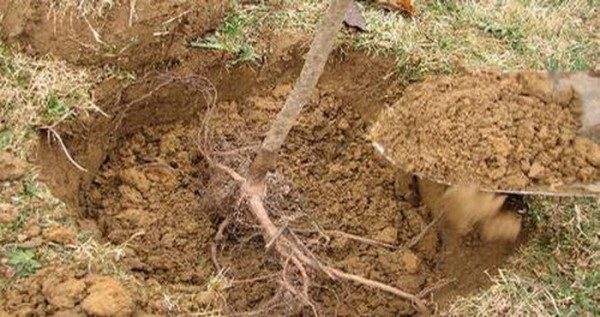
Planting is done only in fertile mix.. For its preparation, clay, peat and sand are taken in equal parts. In the middle of the mound, a hole is made, the size of which corresponds to the roots of the tree and is half filled with water. When water is absorbed into the soil, a seedling should be placed in the recess. The roots spread evenly over the area of the mix and sprinkled with soil. While the tree is taking root, it should be slightly shaken, so that the soil becomes more loose and increases the access of oxygen to the root system.
It is very important that the root collar does not protrude above the soil. If it is visible, the tree will develop poorly, grow and be exposed to various diseases. It will be right to plant trees at the optimal distance - 5 m one from the other.
Care
If planting occurs in the spring, then in May and June produced abundant watering. If watering is not done, crown growth slows down and the number of buds decreases. Seasoned gardeners advise to stop watering two to three weeks before ripening. Then the fruits will be large and juicy. In the autumn, abundant watering is not recommended for the tree to prepare for frost.
With proper care for the apricot triumph Northern need is pruning. The most suitable months for this procedure are March or October. First, dry and undeveloped branches are removed. Then you can form a crown, shortening the side branches. Cut locations lubricated with garden pitch. You can use oil paint. Before wintering, whitewashing is applied to the cut areas in November. Lime will save the plant from infection and sunburn.
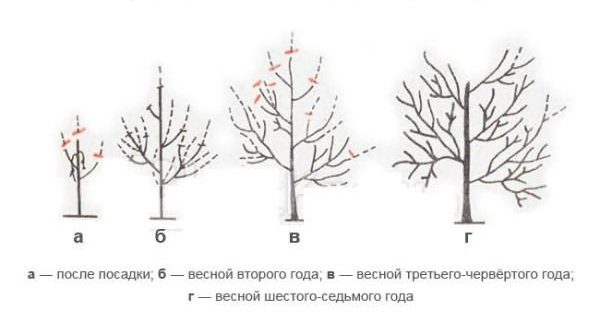
Top dressing
Like all cultivated plants, apricots need fertilizer fertilization, the number of which depends on the size and condition of the tree:
- Nitrogenous fertilizers are used. 3 times for the season: shortly before flowering, after the flowers fall, after the ovaries have fallen off. Fertilizers are applied in the amount of 30 g per 1 m2.
- Potash fertilizers are brought in when the trees bear fruit. The amount ranges from 40 g to 60 g per 1 m2.
- Superphosphate poured into the previously prepared grooves around the trunk. Top dressing is made before flowering and after. Calculation: from 50 g to 70 g per 1 m2.
- Manure need to be fed once every two or three years - 4 kg per 1 m2.
Diseases and pests
Apricot Triumph of the North is resistant to diseases, but nonetheless its diseases affect:
- Monilioz. The causative agent of the disease is a fungus. He spends the winter on damaged parts of the tree, and spores appear in the spring. First, the flowers darken and dry, then shoots and leaves. When fruits appear, the disease affects them too. Black dots appear on the fruit, it darkens inside and, as a result, dries out. To prevent disease, cleanliness should be maintained in the circle of the tree; there should not be a lot of foliage in the garden. Trees should be carefully examined to identify the disease at an early stage. A good protection against moniliosis is whitewashing of the initial branches and trunk.
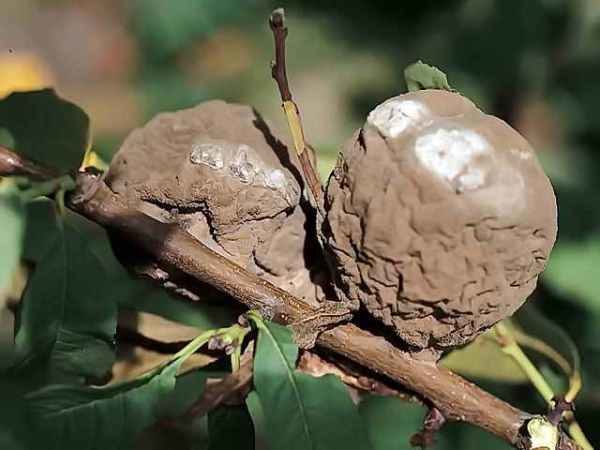
- Klestoporiosis. The disease is also fungal. The leaves of the trees are covered with dark spots that become holes. On the shoots spread the wound, from which the gum flows. Copper sulphate or Bordeaux mixture is used to fight with phleoplasia. It is necessary to notice the disease in time and spray the plant with drugs.
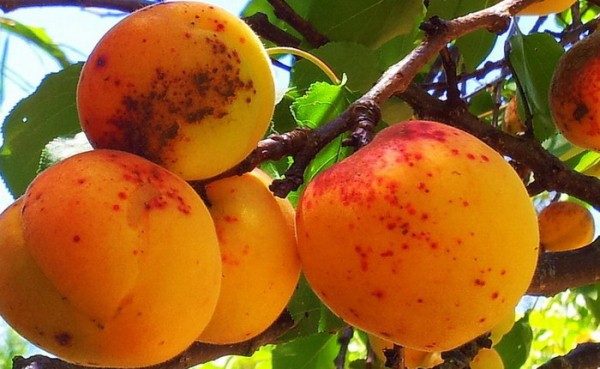
- Cytosporosis. In a short time, the branches and shoots of the plant die off, brown specks appear on the foliage and cracks on the bark. It is necessary to remove damaged parts of the tree.
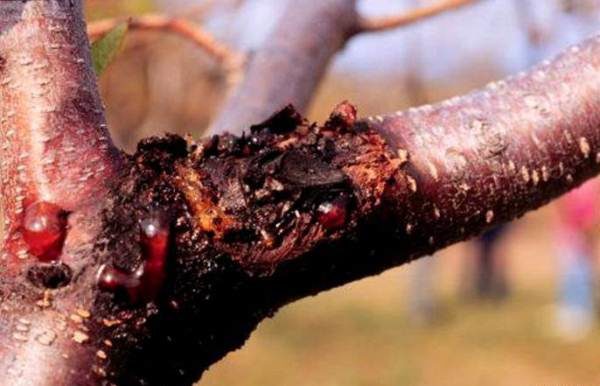
Pests also love apricot. The most common ones are: caterpillar of butterfly-hawthorn, plum moth, aphid. The fight is to destroy insects mechanically. Aphids are destroyed by sprinkling tobacco infusion or soapy water.
For the cultivation of apricot Triumph North does not require special skills and great work. It is enough to choose the seedlings correctly, correctly plant them in fertile soil and ensure regular maintenance.. A few years later, the tree will delight the rapid flowering, and then fragrant tasty fruits. Apricots can not only be eaten immediately, but also make excellent compotes, preserves and jams.
